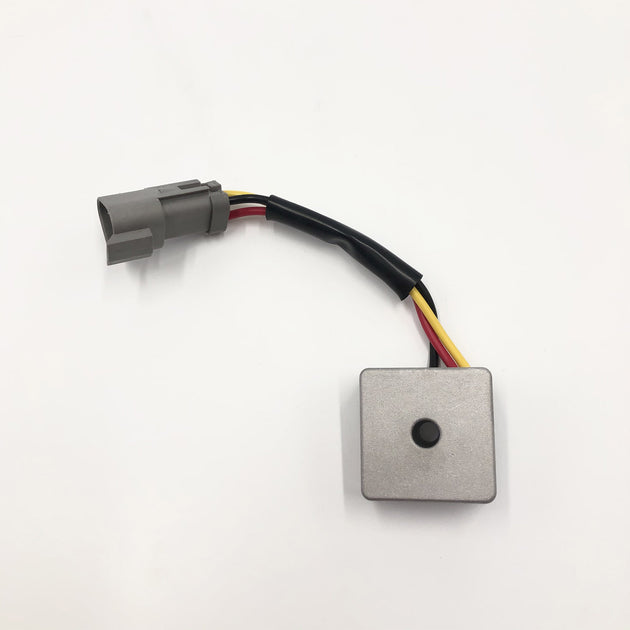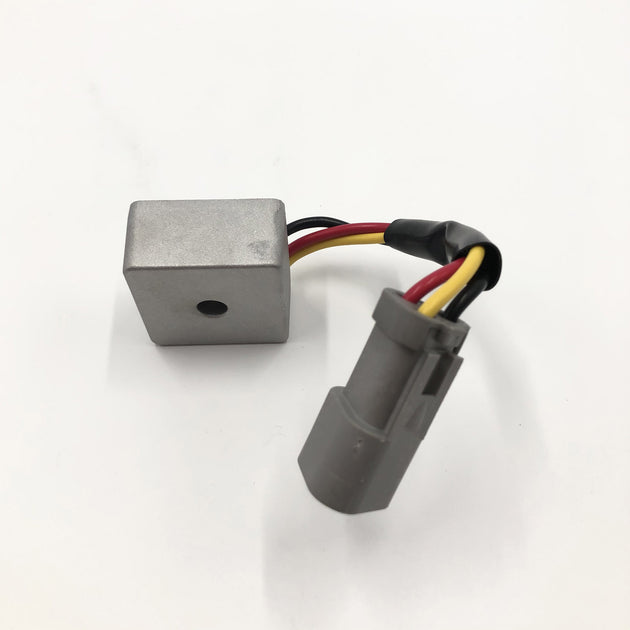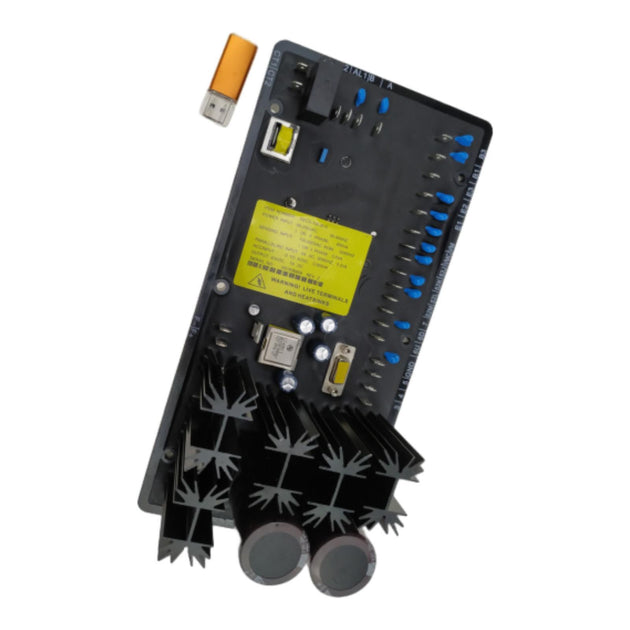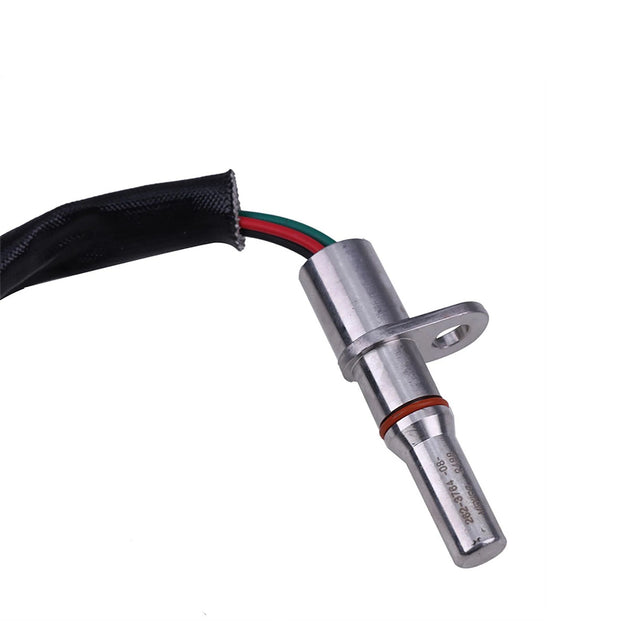Filter and sort
Heavy Equipment Electrical Parts & Machine Electronics
Power your machinery's vital functions with high-quality electrical parts from BeeSpareParts. From starting the engine to controlling complex hydraulic movements, reliable machine electronics are essential for modern equipment performance. We stock a wide range of electrical components for leading brands, including Komatsu, Caterpillar, Hitachi, Kubota, and Yanmar.
Our extensive inventory features heavy-duty starters, alternators, and engine controllers (ECU/ECM) designed for the toughest environments. We also provide a vast selection of precision sensors (pressure, temperature, speed), solenoids, wiring harnesses, and switches. Whether you are fixing a starting issue or replacing a sophisticated control module, our OEM-quality electrical components ensure consistent voltage and signal accuracy. With our fast shipping, you can resolve electrical failures quickly and keep your fleet operational.
-


Club Car Voltage Regulator Precedent 4-cycle Gas Golf Cart 1025159-01 1028033-01
Regular price $ 32 -


6HK1 Excavator 0-25000-9061 898005-6311 898005-6310 Starter Relay
Regular price $ 98 -

AVR Automatic Voltage Regulator DECS-100-A05 DECS100A05 for Engine Generator
Regular price $ 1,920 -


Revolution Switch Speed Sensor 262-3764 for Caterpillar CAT Skid Steer Loader
Regular price $ 69 -


Oil Pressure Sender 02506-00 for Datcon 1/8 NPT 0-125 PSI
Regular price $ 29 -


Pressure Switch 421-43-22942 for Komatsu Wheel Loader WA320-3 WA420-3 WA500-3
Regular price $ 98 -


Voltage Regulator 12V 5G 026000-3260 for Denso John Deere 1050 Yanmar Tractor
Regular price $ 42 -


New AVR Automatic Voltage Regulator UVR 8172 For Mecc Alte Generator Generator
Regular price $ 148 -


Speed Sensor 0000118100 1821995 011810.0 1821995.0 0118100.1 For CLAAS
Regular price $ 78 -

Kill Stopswitch Stop Switch 6E9-82575-09 For Yamaha 15HP 25HP 30HP 40HP Motor
Regular price $ 16 -


2pcs Temperature Sensor 0421 7846 04217846 for Deutz Engine F2M2011
Regular price $ 29 -


Start Switch 22127385 For Ingersoll Rand Doosan Air Compressor 4 Pole Ignition
Regular price $ 99





















